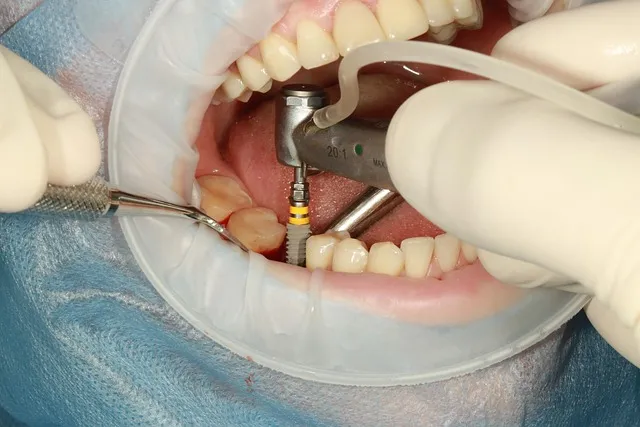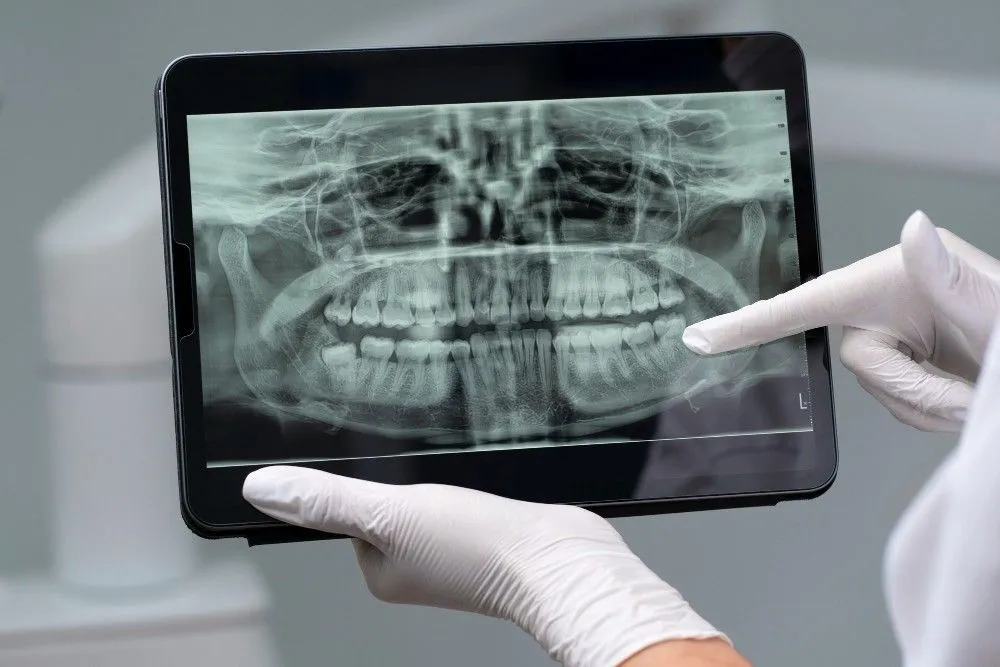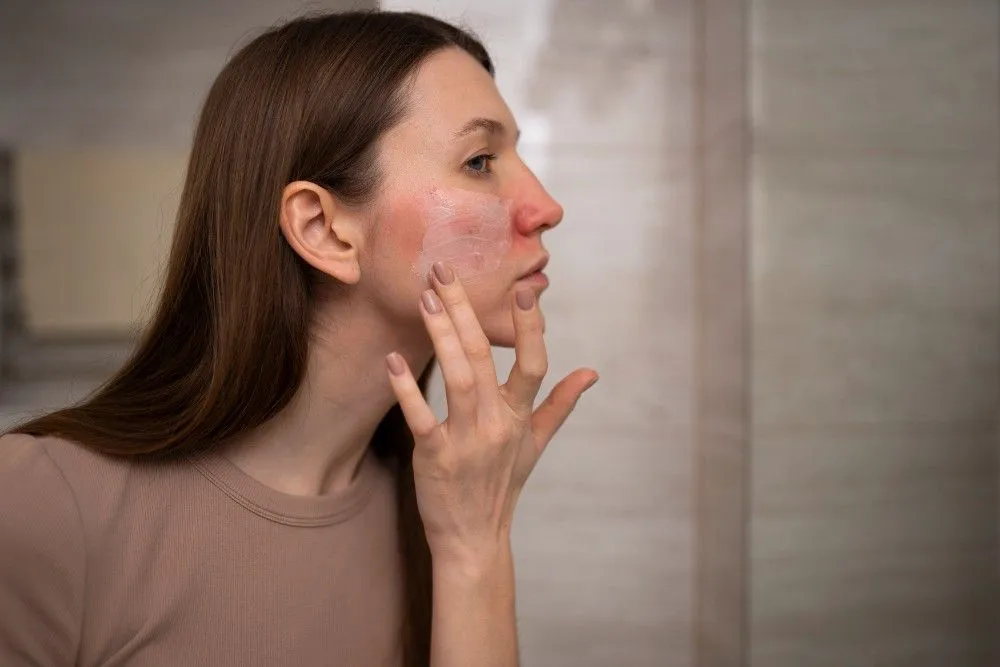Dental cavities, also known as tooth decay or caries, are structurally damaged areas in the hard surface of the teeth that transform into holes or openings in the teeth. It is one of the most common health concerns in the world and can affect anyone who has teeth but occurs more commonly in children, teenagers, and the elderly.
Read to know about how to Treat Dental Cavities.
There are three main types of cavities:- Pit Cavity - On the top of the tooth; if left untreated, quickly progresses to tooth decay.
- Smooth Surface Cavity - On flat surfaces of teeth, usually at the sides near the gum line.
- Root Cavity - At the front of teeth roots, are more common in older people as the gum line recedes with age.
What are the Causes of Tooth Decay?
Bacteria are normally present in the mouth. They convert foods, especially sugary and starchy substances, into acids. A mixture of bacteria, food pieces, acid, and saliva combine to form a sticky material known as plaque, as soon as 20 minutes after eating.Cavities develop from the action of acid in the plaque, which damages the enamel covering your teeth. If not removed from the teeth, plaque turns into tartar which can lead to nerve damage, tooth decay, gingivitis and periodontitis, and tooth loss.
Read about Dental Hygiene - Do's & Don'tsWhat one needs to know about Signs & Symptoms?
A cavity will not cause obvious symptoms until the condition reaches an advanced stage. It is easier and more effective to treat cavities at the earliest, which is why people must have regular dental check-ups.
Symptoms of cavities that progress to tooth decay are:- Toothache
- Sensitivity in the tooth (those affected feel pain upon eating or drinking something hot, cold, or sweet)
- Discoloration of tooth
- Bad breath (Halitosis)
Which Specialist should be Consulted in Case of any of the Signs and Symptoms?
A visit to the dentist is a must as soon as one observes sensitivity or pain in a tooth. The dentist will identify cavities or any other dental condition upon physical examination and formulate a treatment plan to reverse the effects of tooth decay and prevent its further progression.
What are the Screening Tests and Investigations Done to Confirm or Rule out Cavities?
Cavities can be detected through a dental visit, either during a routine check-up or upon the presentation of symptoms. The dentist will examine teeth, gums, and mouth. Dental x-rays can show cavities even before they become visible to the eye, and also help in ascertaining the severity of the condition.
What Treatment Modalities are Available for the Management of Tooth Decay?
Treatment of cavities depends on how severely a person's teeth have been affected. Treatment consists of:- Fluoride - Fluoride is a mineral that protects teeth by strengthening their enamel covering and making teeth more resistant to acid attacks. A fluoride gel, paste, or varnish is applied on the affected tooth if the cavity is caught in its early stages.
- Filling - If permanent damage has taken place, the affected tooth is restored with the help of filling material. The dentist will drill the decayed part of the tooth, remove debris and food materials, and fill the gap to restore the natural shape of the tooth. Different filling materials used are amalgam (silver-colored), composite (tooth-colored), and glass ionomer (tooth-colored).
- Crown - A crown is a fitted covering that replaces the tooth's natural crown. It is available in gold, ceramic, porcelain, or glass materials and is used to treat extensively damaged teeth.
- Root Canal - The doctor will suggest root canal treatment (RCT) if tooth decay reaches the pulp or inner material of the tooth. The entire pulp is removed and replaced with a filling.
- Tooth Extraction - In severe cases when a tooth cannot be restored, the dentist will remove it completely to prevent the spread of infection. Patients might require a bridge, implant, or partial denture to support surrounding teeth.
What are the Known Complications in the Management of the Disorder?
If left untreated, plaque and cavities can cause advanced tooth decay that can lead to the following:- Gingivitis (Gum Disease) - It causes inflamed and bleeding gums. A more severe form of gum disease is periodontists in which gum infection also affects the connecting tissue between tooth and tooth socket. A gap may develop between the tooth and gum and may cause the tooth to fall out.
- Dental Abscesses - Advanced tooth decay may lead to a pus-filled swelling in the mouth. The patient would experience extreme pain and fever.
Are the Dietary and Physical Activity Requirements During the Course to Treat Dental Cavities?
Maintaining good oral hygiene during the treatment and continuing the practice to prevent any cavity from progressing further is crucial. The doctor will guide the patient with dietary restrictions to be followed in the initial hours or days of treatment.Is there any Risk to Other Family Members of having the Disorder?
The following factors can increase a person's risk of developing cavities:- Location of the tooth - Molars and premolars located at the back of the mouth are more prone to have food stuck in them and develop cavities.
- Poor oral hygiene - Inadequate brushing (not brushing after eating or drinking) results in plaque formation and the first signs of tooth decay.
- Diet - Certain foods and drinks are more likely to cling to teeth for a longer duration, increasing the risk of plaque formation. These include foods and drinks rich in fermented carbohydrates like ice cream, chocolate, sodas, etc. Frequent snacking also leads to acid production.
- Dry mouth - Saliva washes away food remains and plaque from the teeth. It also counters the acid produced by bacteria. Lack of saliva causes dry mouth and increases your risk of cavities.
How can the Disorder be Prevented from Happening or Recurring?
- Maintain Good Oral Hygiene - This involves proper brushing and flossing of teeth. It is advisable to brush your teeth at least twice a day, especially after meals, and replace the toothbrush after every two to three months. Flossing helps remove food particles and plaque from between the teeth and near the gum line.
- Diet - Food and drinks rich in fermented carbohydrates should be avoided. These include coffee, fizzy drinks, sweets, white bread, etc. Instead, unrefined carbohydrates that are difficult for the bacteria to break down into acid should be included in the diet. Chewing sugar-free gum after meals also helps prevent tooth decay (saliva produced in the mouth neutralizes the acid before tooth damage can occur).
- Keep Regular Dental Appointments - Regular teeth cleaning sessions and oral exams prevent problems and help in detecting them early.
[button color="transparent_credi" size="medium" class = "custom_button" link="https://www.credihealth.com/medical-assistance?utm_source=blog_article&utm_medium=bottom_button&utm_campaign=book_appointment" icon="" target="true"]Request Call Back [/button]
Sources: "Cavities/tooth decay," MayoClinic.com, Mayo Clinic Staff, https://www.mayoclinic.com/health/cavities/DS00896 "Dental cavities," MedlinePlus, NLM, NIH, https://www.nlm.nih.gov/medlineplus/ency/article/001055.htm "Tooth decay," NHS.uk, https://www.nhs.uk/conditions/Dental-decay/Pages/Introduction.aspx
Reviewed by







